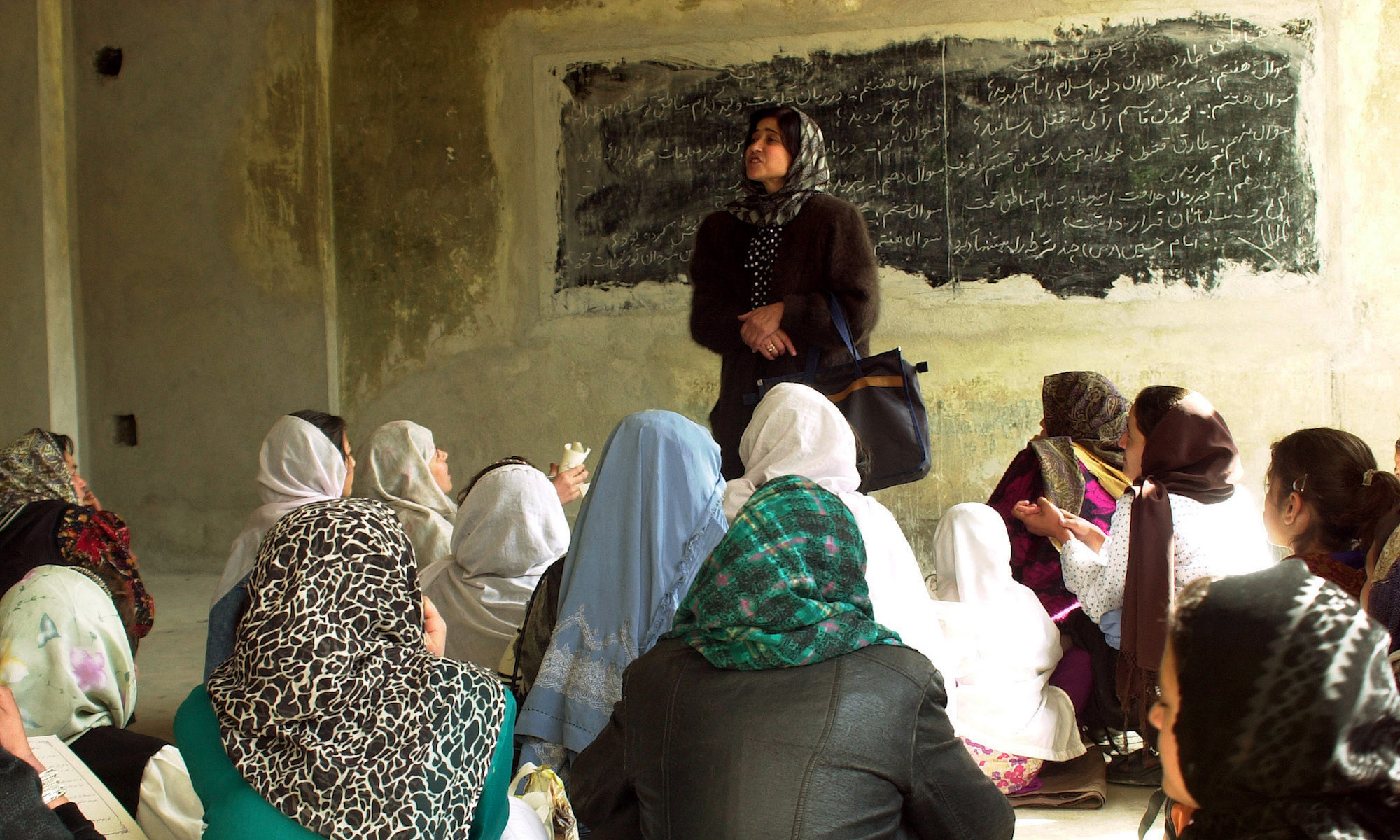This paper examines the record of the international community in constructing a State of Bosnia and Herzegovina. It finds that, among the many goals of the peace mission, creating a self-sustaining constitutional order has not always been the highest priority. Only recently has the international community begun to focus explicitly on creating the domestic institutions necessary for Bosnia to become a sustainable entity. The paper identifies three principal obstacles to the state-building mission. First, the Dayton Agreement created a highly dispersed constitutional structure, with weak central authority. Second, wartime conditions in Bosnia gave rise to local power structures with a vested interest in preserving the weak state. Third, weak governance capacity in the Bosnian state is itself a threat to the peace process, fostering conditions of economic and social insecurity. Examining the record of the mission to date, the paper finds that here have been three phases to the international mission in Bosnia. The first focused on military stabilisation and reconstruction, and was characterised by the willingness of the international community to work directly with local power structures, often at the expense of the constitutional order. The second phase saw a dramatic evolution in the powers of the High Representative, allowing some important breakthroughs. However, the quasi-protectorate has tended to inhibit the development of domestic political processes, particularly where the international community has tried to influence electoral outcomes. The third phase, which is just getting underway, consists of a more systematic approach to state building.

INSCT Postconflict Research Database
The Institute for National Security and Counterterrorism's Postconflict Research Database & Analysis Project stores cross-indexed bibliographic information on hundreds of journal articles, books, book chapters, and case reports that address the broad, interdisciplinary fields of postconflict reconstruction, stabilization, and peacebuilding.
34 Replies to “State Building and Post-Conflict Reconstruction: Lessons From Bosnia”
Comments are closed.